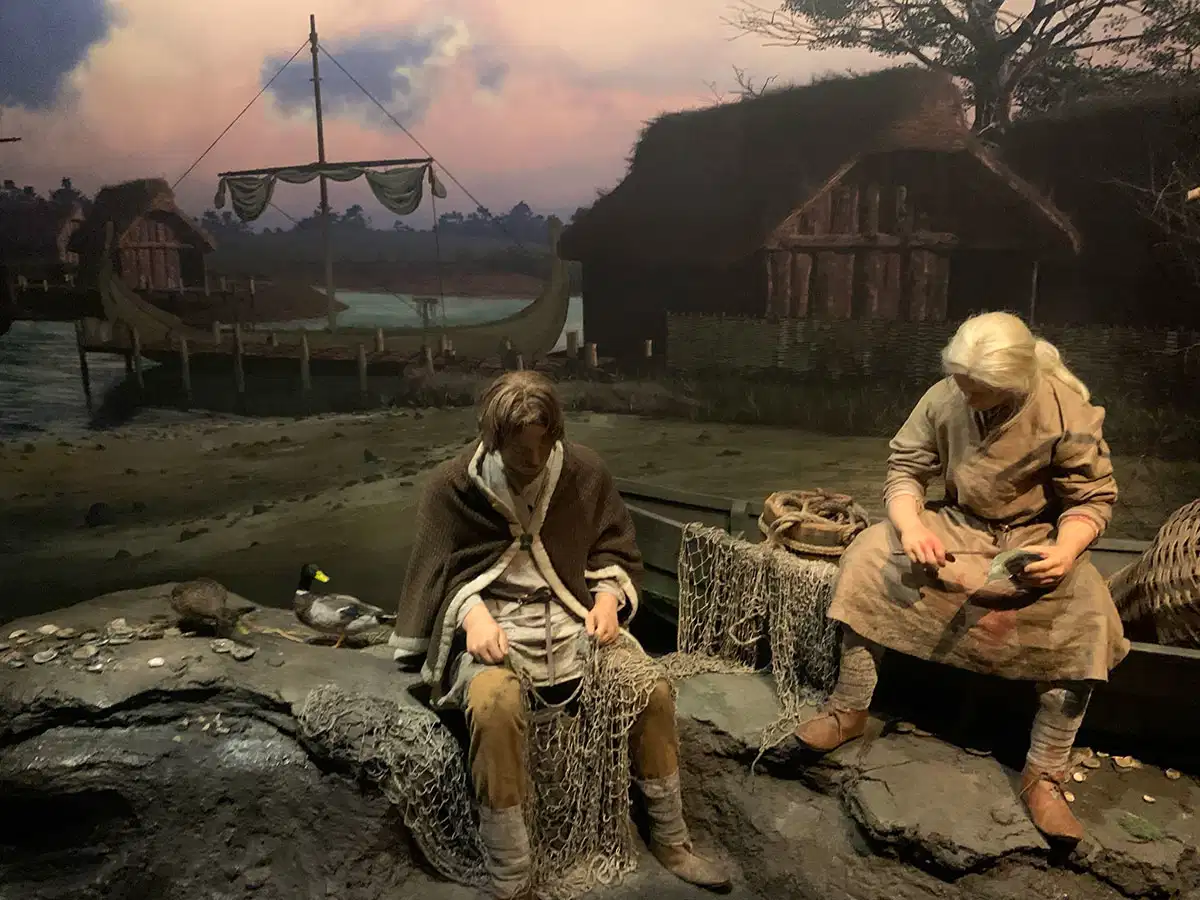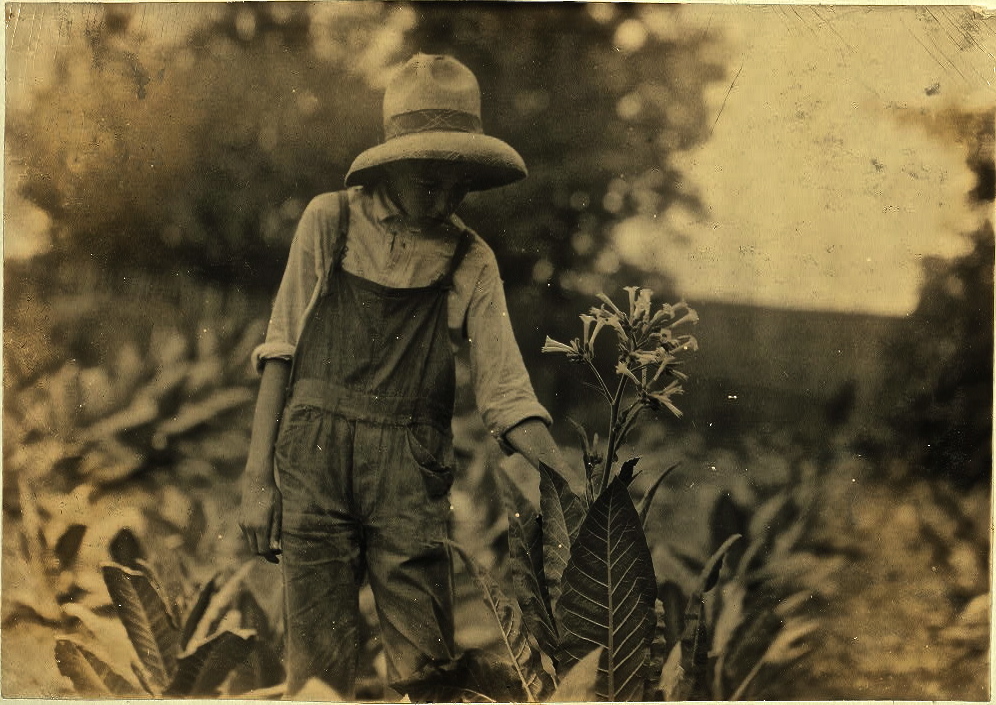# York: A Walk Through 1,000 Years of Medieval History
York is one of England’s most enchanting medieval cities, where cobbled streets wind past leaning timber-framed houses, and ancient stone walls whisper tales of kings, Vikings, and monks. What began as a small Celtic settlement became a Roman fortress, an Anglo-Saxon stronghold, a Viking trading hub, and finally, a grand medieval city.
Today, York wears its history proudly. Every corner reveals a piece of its past—whether it’s the towering Gothic cathedral, the hidden ruins of a once-mighty abbey, or the well-worn stones of its defensive walls. Let’s step back in time and explore York’s medieval legacy.
The North’s Independent Spirit
England in the Middle Ages was a land of contrasts. While the south was dominated by the power of London, the north—especially York—marched to its own beat. This independence traces back to Roman times when Britain was split into Britannia Superior (the south) and Britannia Inferior (the north).
Later, the Anglo-Saxon kingdom of Northumbria ruled the north with pride, resisting southern control. Then came the Vikings, who carved out their own territory—Danelaw—leaving behind Norse place names and a fierce northern identity. Even after the Norman Conquest, York remained a key power center, balancing royal authority with its own traditions.
Dark Age York: The Anglo-Saxons and Vikings
After the Romans left in 410 AD, York—then called Eboracum—fell into obscurity until the Angles arrived. They renamed it Eoforwic and built fortifications, one of which still stands today: the Anglian Tower. Tucked away near the Yorkshire Museum, this unassuming stone structure is the only surviving secular Anglo-Saxon building in England—a rare glimpse into a forgotten world.
But York’s most famous invaders were the Vikings. In 866 AD, they stormed the city, calling it Jorvik. Their legacy lives on at the Jorvik Viking Centre, where excavations revealed a treasure trove of everyday Viking life—from a well-worn sock to a battered frying pan. The museum’s immersive ride takes visitors through a reconstructed 10th-century street, complete with the smells of fish, woodsmoke, and damp earth.
The High Middle Ages: Abbeys, Castles, and Power Struggles
By the Norman Conquest, York was a thriving city. William the Conqueror built St Mary’s Abbey in 1088 to cement his control. Though now a picturesque ruin, it was once one of England’s wealthiest monasteries, its abbot rivaling the Archbishop of York in influence.
Nearby stands the King’s Manor, originally the abbot’s residence. After Henry VIII dissolved the monasteries, it became the seat of the Council of the North, a governing body meant to keep the rebellious northerners in line. The building’s patchwork of bricked-up windows and altered doorways tells a story of shifting power—from medieval abbots to Tudor bureaucrats.
The Walled City: Defense and Drama
York’s medieval city walls are among the best-preserved in England. Walking their length offers stunning views of the Minster and a sense of how the city defended itself. The walls were still in use during the English Civil War, when Royalist York held out against Cromwell’s forces—bullet marks from the siege can still be seen.
At the heart of York’s defenses stood Clifford’s Tower, a Norman castle with a grim past. In 1190, antisemitic riots forced York’s Jewish community to take refuge inside, where they tragically died by suicide rather than face the mob. The stone tower we see today was rebuilt by Henry III, a silent witness to centuries of history—from royal stronghold to prison.
York Minster: A Gothic Masterpiece
No visit to York is complete without stepping inside York Minster, one of Europe’s greatest Gothic cathedrals. Built atop a Roman fortress and an earlier Saxon church, its foundations hold layers of history. The Undercroft Museum reveals Roman ruins and Norman remnants beneath the soaring arches.
The Minster’s crowning glory is its stained glass, especially the Great East Window—a breathtaking depiction of the Bible’s beginning and end, crafted by master glazier John Thornton. The Chapter House, with its intricate vaulted ceiling, is another marvel, showcasing medieval craftsmanship at its finest.
Guilds and Mystery Plays: Medieval City Life
Medieval York thrived thanks to its guilds—powerful trade organizations that controlled commerce, set wages, and even staged annual mystery plays. These plays, performed by different guilds, brought Bible stories to life in the streets. Imagine the spectacle: butchers acting out Noah’s Ark, shipwrights staging the Flood, and bakers portraying the Last Supper—all while marshals signaled from church towers to keep the processions moving.
The Merchant Adventurers’ Hall, one of York’s finest surviving guildhalls, still stands today. Its timber-framed grandeur hints at the wealth and influence these medieval traders once held.
York’s Medieval Legacy Lives On
From Viking socks to Gothic stained glass, York’s medieval past is everywhere. Its streets, walls, and buildings tell a story of invasion, faith, trade, and rebellion—a thousand years of history waiting to be explored.
So next time you stroll through York’s winding alleys, look closely. That leaning house? It might be older than the United States. That patch of wall? It could have stopped a Viking raid. York isn’t just a city—it’s a living museum of the Middle Ages.











































